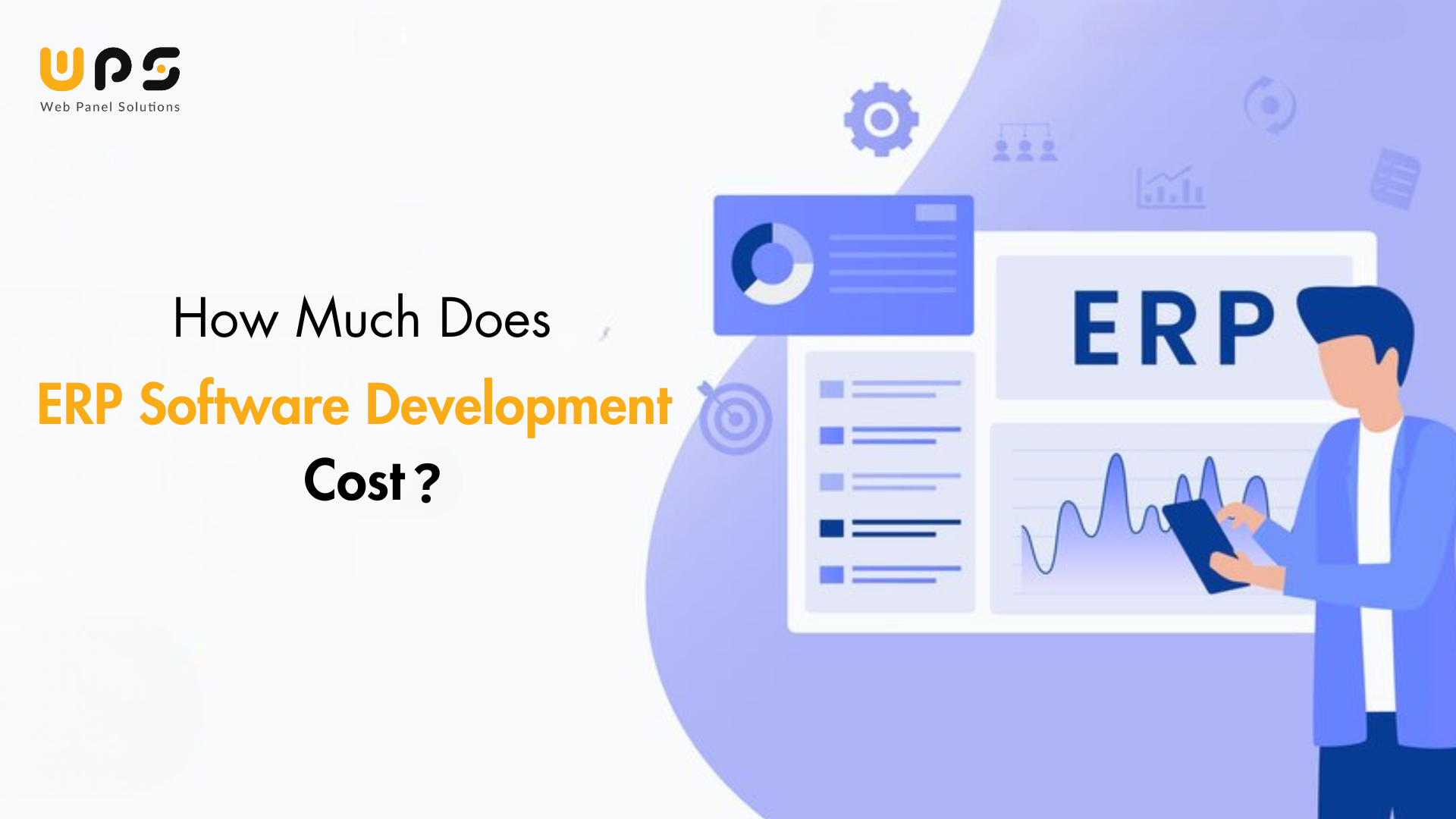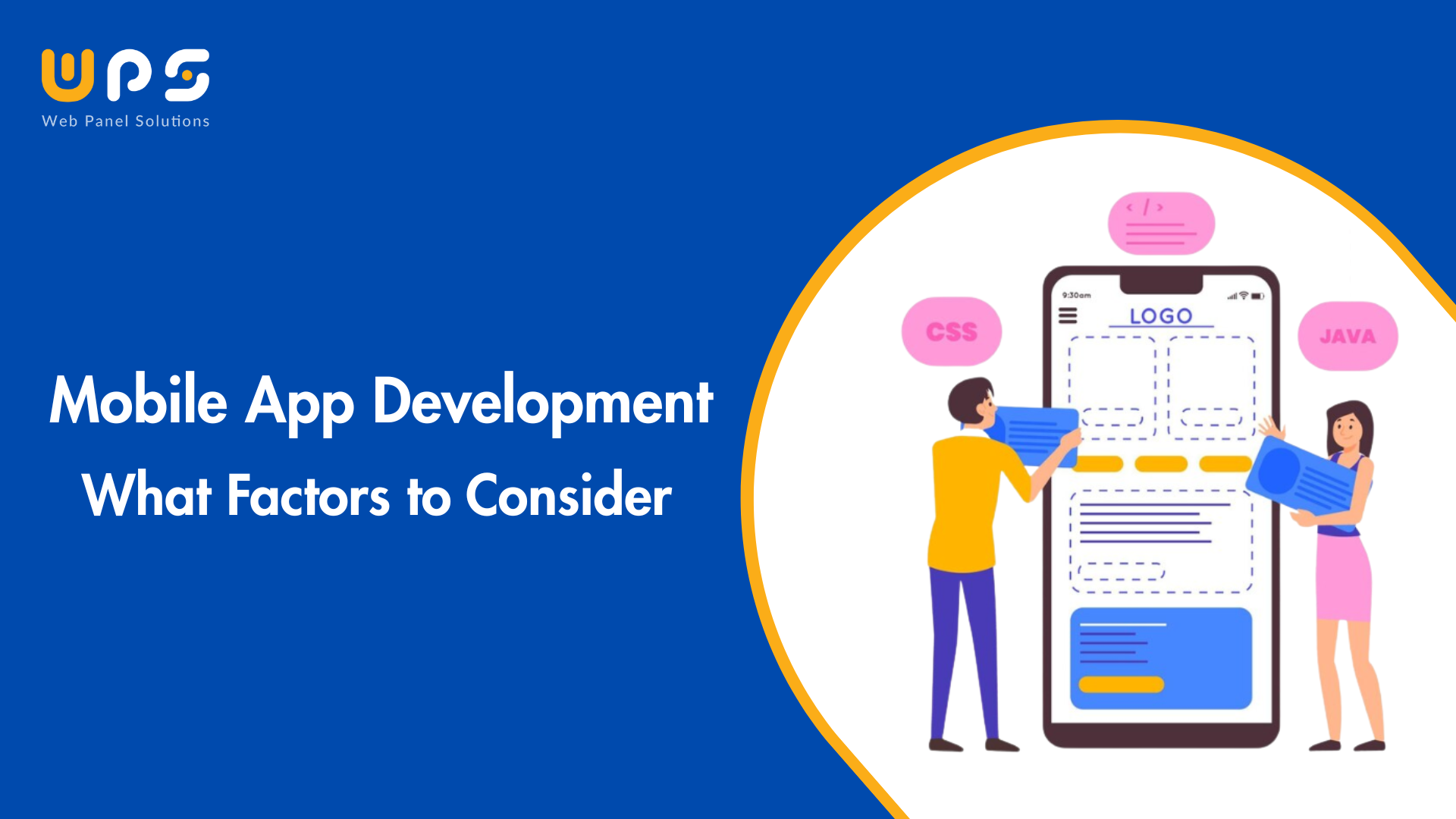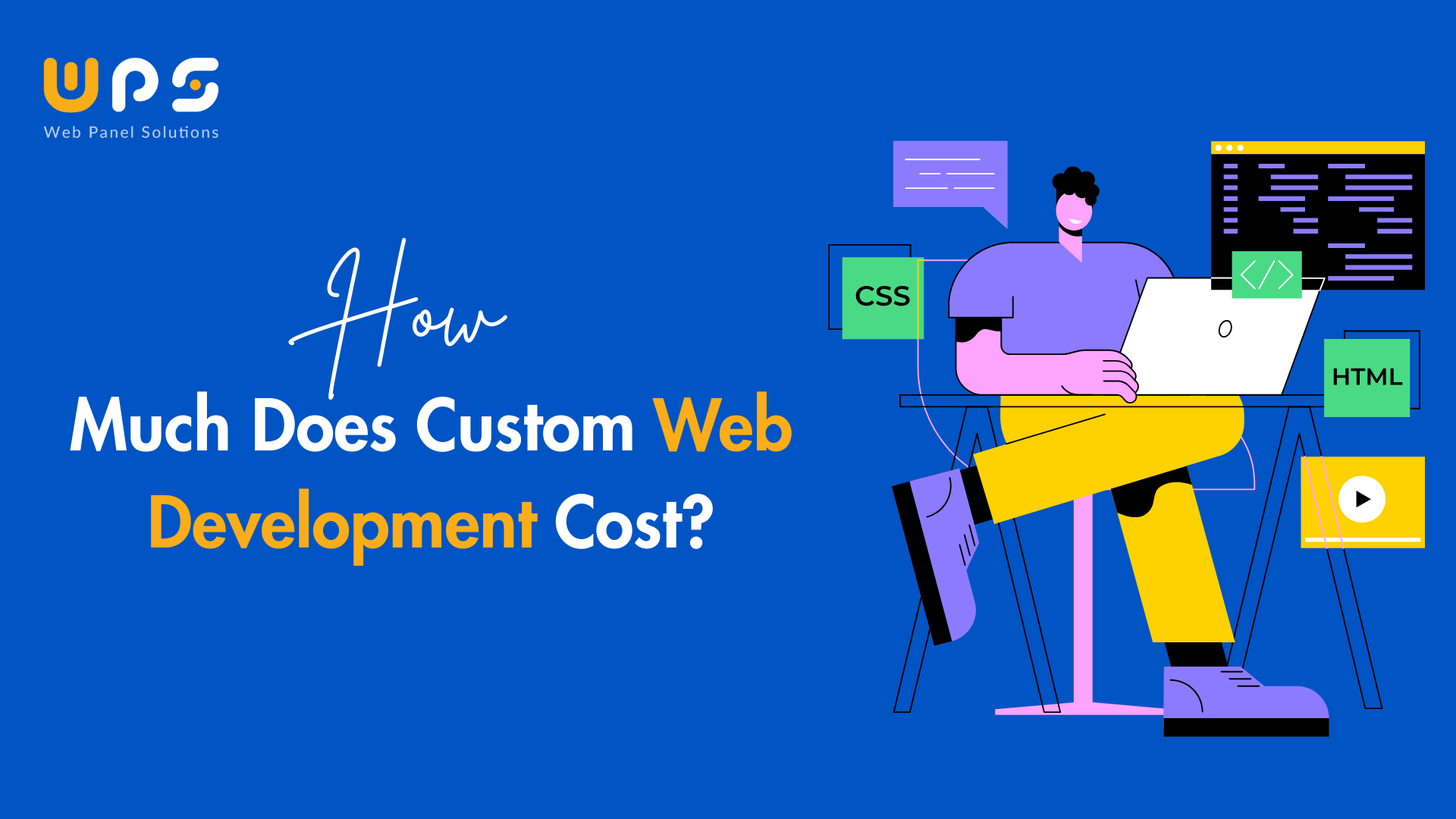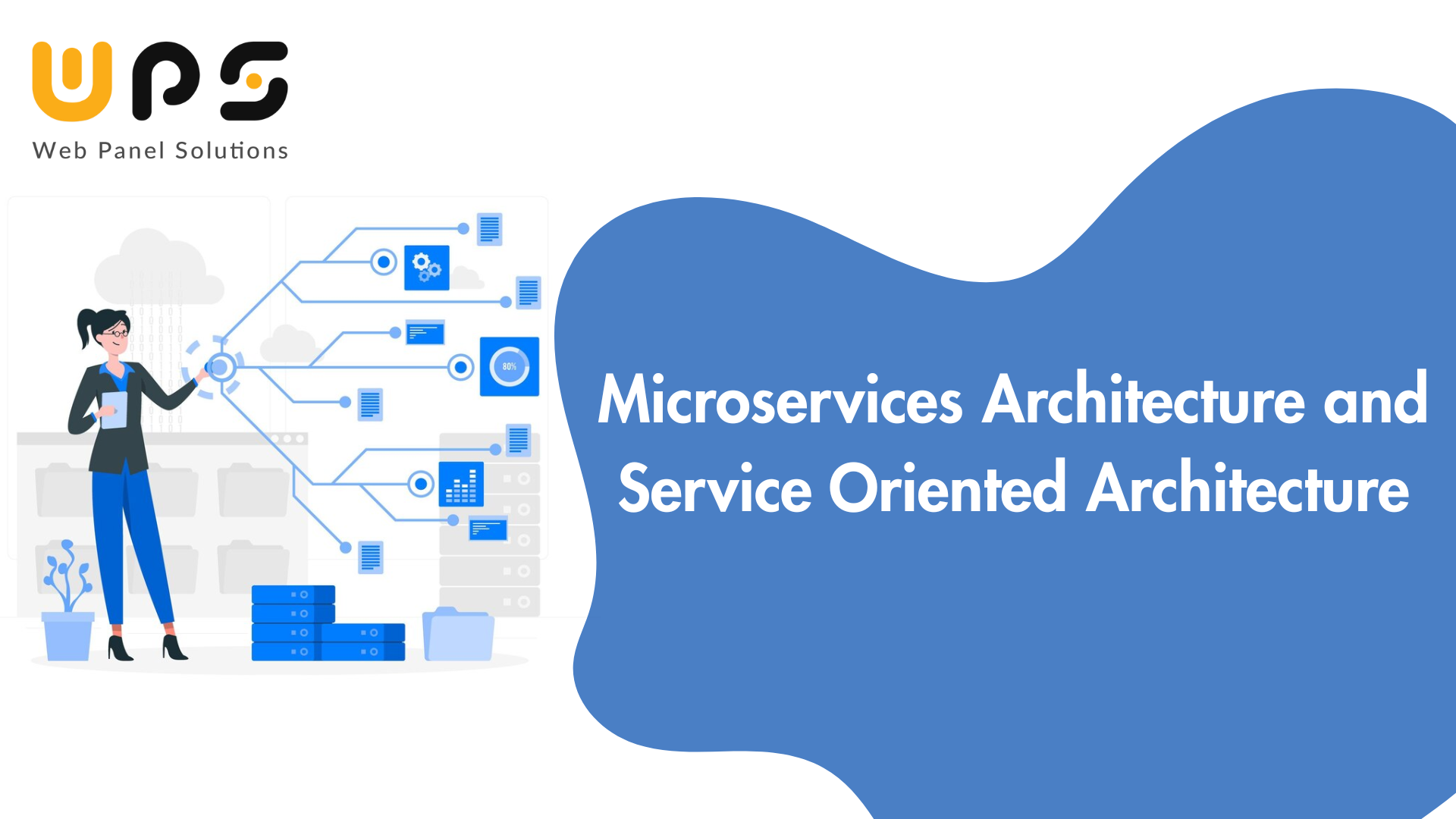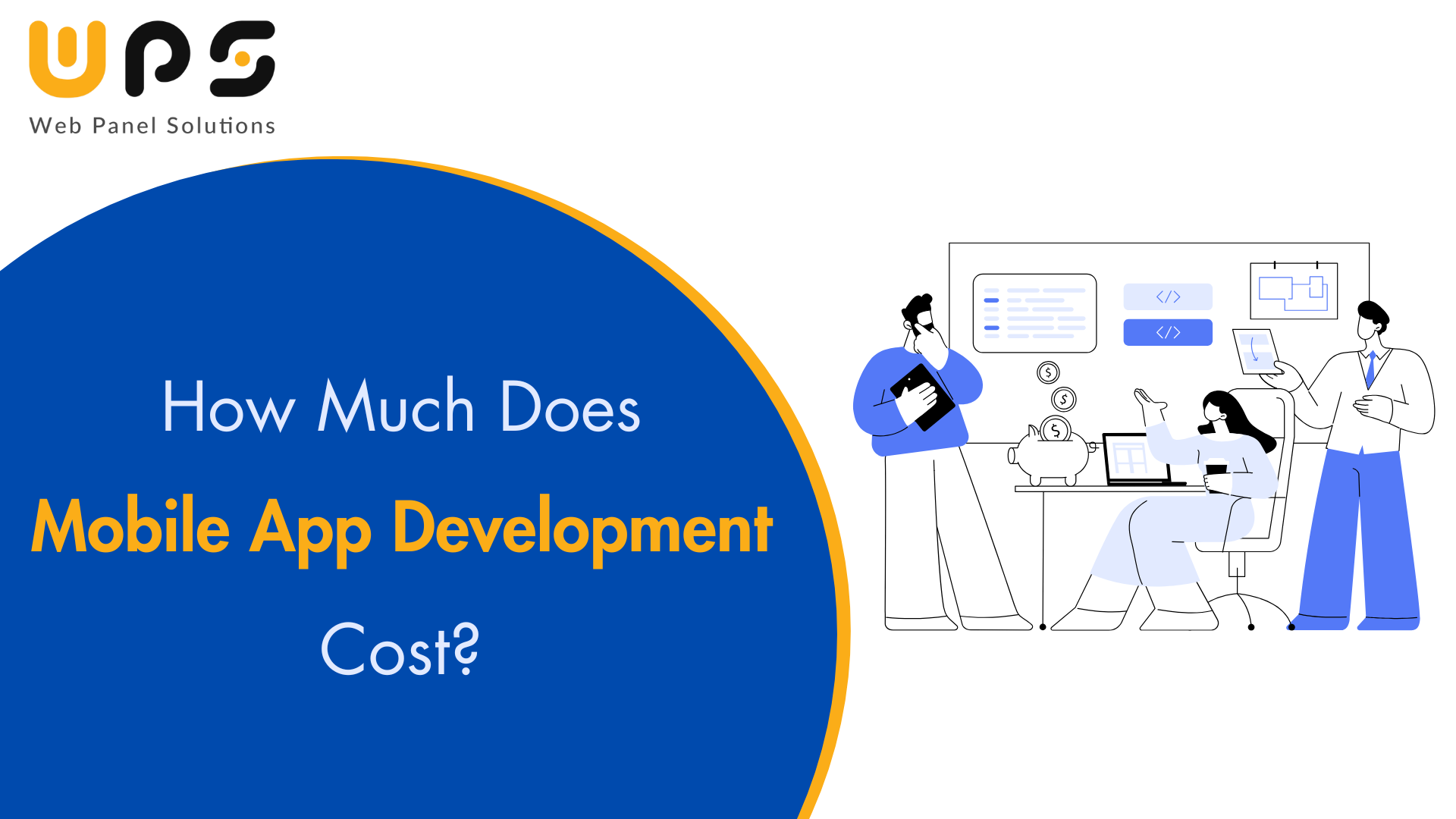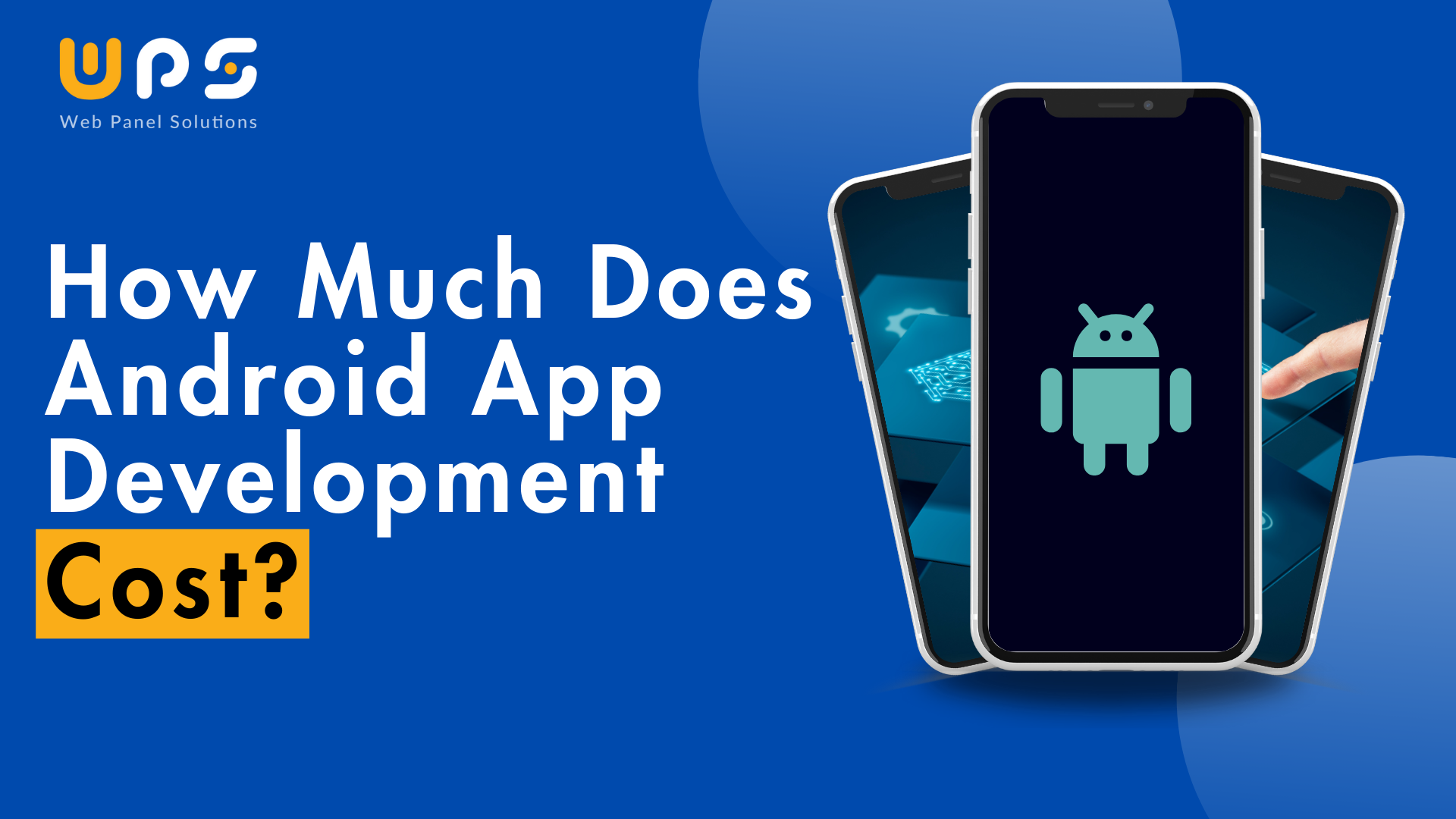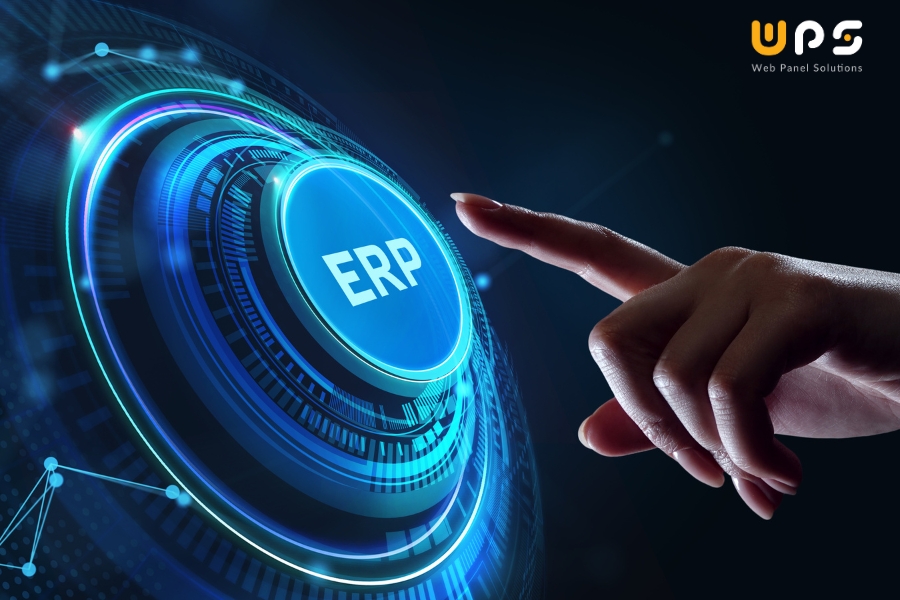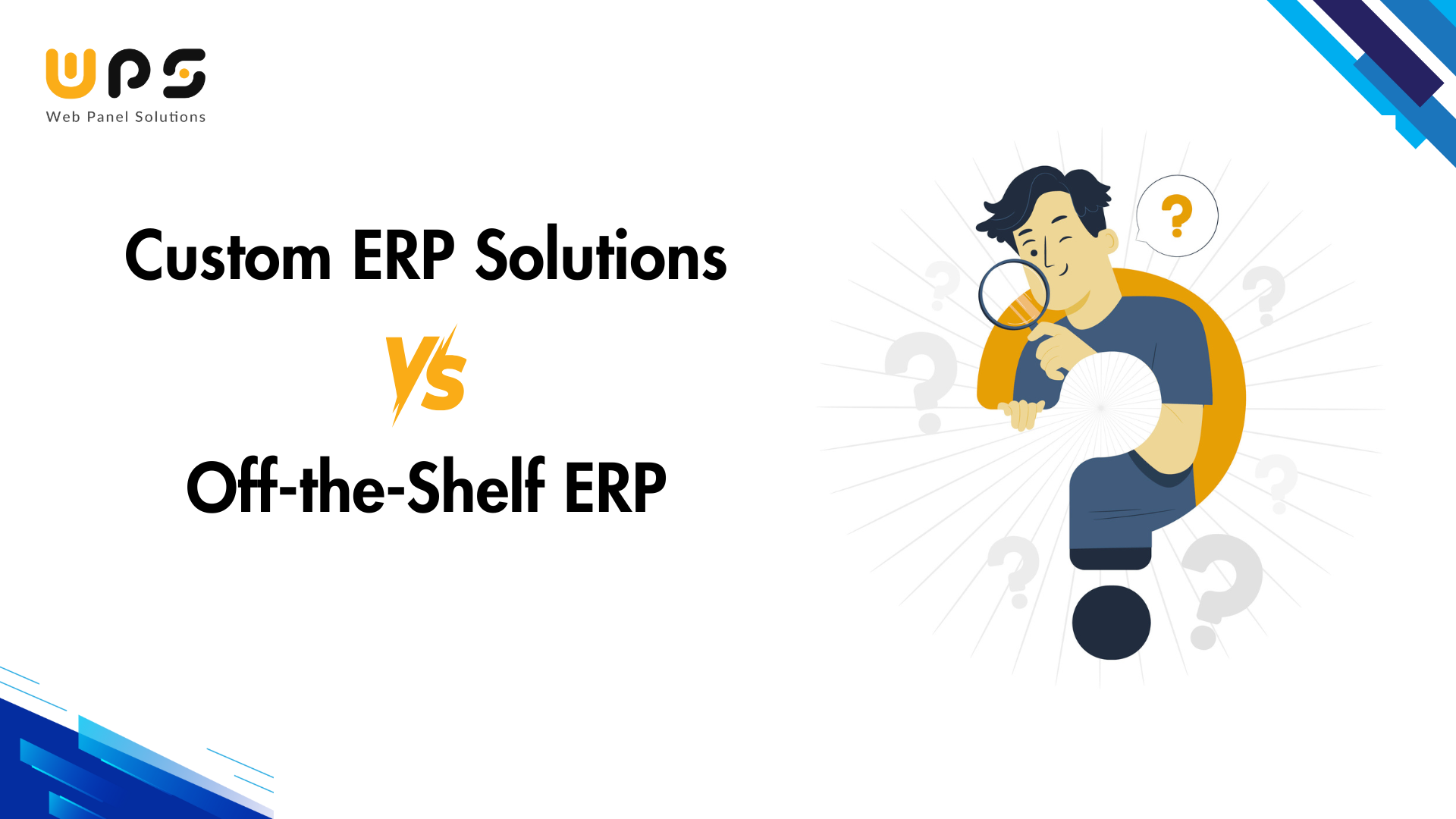How Much Does ERP Software Development Cost?
4 min read
17th February, 2025
ERP (Enterprise Resource Planning) software refers to a category of integrated software applications that help business manage or integrate various parts of their business operations, such as supply chain, manufacturing, finance, and human resources. ERP software centralizes multiple functions of a business.
ERP works like a single point of contact for finance, human resources, supply chain management, inventory, sales, and customer service by enabling one comprehensive framework so that business functions can be consolidated in order to improve the visibility of data across the organization and the efficiency of business operations.
Used in various industries from manufacturing and retail to health care and education, ERP software enables organizations to manage their global operations in a more effective manner. A detailed knowledge of what the current ERP software development cost is one of the most important steps in determining whether you need to go for ERP or choose some other solution like a standalone CRM or some other program.
Key Features of ERP Software
Increased Collaboration: ERP integrates various departments within an enterprise into one system which provides a common platform for data storage. Doing this guarantees uniformity and prevents data from being duplicated.
Automation of Business Processes: It automates repetitive tasks like inventory management, order processing, payroll, and financial reporting, minimizing manual efforts and errors.
Real-time Data: ERP systems provide real-time data and analytics for businesses to make data-driven decisions without delays.
Scalability: ERP systems are meant to grow with the business by adding users, departments, or geography.
Customizable: Various ERP systems are easily customizable according to the needs of a particular business or a particular industry, like manufacturing, retail, healthcare, etc.
Benefits of Having the Right ERP Software
Before we discuss the ERP development cost, let’s talk about its benefits.
Enhanced Efficiency: With the automated business process and centralized data, ERP software minimizes manual work, errors, and duplication.
Better Decision Making: ERP gives real-time data and analytics, leads insights that help managers make better decisions based on accurate data.
Operational Efficiency: ERP systems help organizations streamline operations, reduce redundancy, and optimize resource utilization, resulting in improved efficiency and savings.
Collaborative Capability Levels Up: As the data becomes accessible across departments, teams can now work together in a much more efficient manner leading to better communication and efficiency.
Why Understanding ERP Development Costs Matters?
Today’s business environment can be rather unforgiving, which is why proper ERP implementation proves to be crucial for enterprise survival. Nevertheless, there is generally one question that seems to rub the decision-makers on the wrong side, particularly, “How much does ERP software development cost?”
For a small venture or even a large corporation, it is essential to comprehend the cost aspects of ERP software development for an exemplary budgeting and deployment.
Suppose you are going to construct a house. Should not one also know the price before the first spade of ground was turned? Likewise, when entering an investment in the ERP system, it is equally relevant to define the cost of development at the beginning to prevent a future shock.
ERP systems give support to your company’s main processes, connecting the multitude of procedures taking place across departments for more effectiveness, precision, and productivity. Understanding their costs helps to reduce the choices to reflect the value needed to have, identify the correct supplier, and guarantee the return on investment. To get a quote, reach out to Web Panel Solutions- best ERP development company.
Key Factors Influencing ERP Software Development Cost
1. Scope and Complexity of the Project
The level of development cost also increases with the complexity of the specific ERP system. Some of the most important of these include the number of modules, the requisite additional changes, and connection with currently operative systems as well as organization size. For instance, an ERP system for a global organization is more expensive than that of a small scale organization.
2. Choice of ERP Software
ERP is available in two forms; packaged applications ERP software and what is called built- from-scratch ERP solutions. Products that are available out of the box come comparatively cheaper but in most cases will need to be adapted to suit your requirements. Although the cost is relatively high to develop a custom built ERP, it helps in getting more facets that can give a competitive advantage.
3. Development Team Location
The geography of your development team will have a dramatic impact on the total cost of the project. It is cheaper to outsource the project to Asian or Eastern European developers as opposed to developers located in North America or Western Europe. Having said that, it cannot go without mentioning that cutting down the costs risks involving an inexperienced development team. Web Panel Solutions- ERP development company offers quality services at low cost.
4. Number Of Users
The number of users will have access to the program is one of the first things to be taken into account during the determination of ERP software cost. This means many ERP vendors charge their customers based on their users. That means the cost of the ERP system increases exponentially with respect to the number of people using it.
The cost of users includes existing users and new users necessary to scale your policy. During your conversation with vendors, also ask them their pricing policy, specifically if there is a cost per user.
5. Customization/Add-Ons
As far as ERP solutions are concerned — configurations, customizations, and program add-ons are not value effective. You need to explore a system that satisfies your basic requirements (or at least the majority of them) via the out-of-array highlights and functionalities.
Third-party Add-ons and Integrations Several vendors may also offer third-party integrations and add-ons, as well as the option to add precursory modules that will enhance the utility of the program. While these capabilities are additional and will carry an extra cost, the amount you pay will depend greatly on vendor and datasource package.
6. Technology Stack
Another external component that can influence the cost is the option of the technology stack that you have chosen, i.e. such options as programming languages, databases, cloud services, etc. It is often realized that products and solutions based on the advanced technologies and platforms may be more expensive than those available in the lower tiers, but they are more effective, flexible and secure.
7. Project Timeline
A shorter development timeline causes high costs due to the requirements of extra elements, personnel, or the services of the outside specialists. On the other hand, lower timeline may suit the organization’s pocket but can also mean that, although the gains get realized in the long run, the ERP system is not fully realized at the same time.
8. Execution Plan
If your in-house team needs some technical expertise, you can even consult an ERP specialist to help you with a smooth and efficient ERP implementation. Most providers see this as an additional service, likely including setup and staff training.
If you are new to the role of ERP systems, the previous part is not enough; you will need an independent technical assistant in this regard to supervise all of the process. Support services will be offered by the vendor and you may also consult an ERP consulting firm.
9. Implementation Method
Infrastructure costs differ based on the deployment option chosen. The initial purchase cost of Cloud ERP is lower because the data is stored on the provider's server, so it is cheaper compared to On-Premise ERP.
Cloud ERP helps cut personnel costs by reducing the need to provision, upgrade, and service IT resources. And, it is a web-based solution, so it can be accessed from any device with an internet connection, and no particular hardware requirements.
10. Long-term Software Upgrades
Enterprise Resource Planning (ERP) vendors issue periodic software updates that enhance the performance and address bugs and security vulnerabilities. These updates aren't mandatory but are vital for system functionality and performance. They are crucial for preserving the confidentiality of business data retained in the ERPs. Additional costs may apply for these updates based on the pricing model you choose.
11. Vendor Support After -Live
The cost of ERP doesn't stop after you pay for the software. System deployment, configuration, data migration, and other complicated tasks necessitate collaboration between the manufacturing company and the team of ERP provider. Such extended support may come at an additional cost.
12. Type of Industry
Custom ERP development services costs differ depending on the complexity of the business needs and the features. A modular system would also be required to support production management, supply chain management, quality control, and related activities in a discrete manufacturing firm by functional manufacturing ERP software.
In contrast, an accounting firm that is more focused on finance, budgets, and profit margins would need practical accounts payable software that lend themselves from how you want to do this work.
13. Staff Training
Investing in the success of your ERP means investing in staff training. After implementing an ERP solution, the majority of ERP vendors provide you with basic training for your staff. Other Training are charged extra. The cost for employee training will vary based on how many employees you have and how complex the system is.
Budgeting Tips for ERP Software Development
1. Define Clear Objectives and Requirements
Among the most important tips that should be considered when you want to go to vendors or developers, the primary one is to clarify what you want to receive from your ERP system. There is usually a tendency to have scope creep if you do not define your objectives, requirements, and priorities.
2. Get Multiple Quotes
Do not accept the first price that is offered without doing a comparison. Make a call to various vendors and seek their bids, compare their offers to the prices and time they are willing to offer. This can assist you to possibly identify the most value for your money.
3. Plan for Contingencies
Implementing ERP ventures may prove complex since the ventures may meet some events they had not anticipated. Have a portion of your ERP software development cost budget that you set aside for such circumstances to help maintain the project without using up a significant amount of money on sudden occurrences.
4. Be aware of the Total Cost of Ownership (TCO)
Do not just focus on the expenditure during the first stages of definition and design. Ensure that the cost aspects such as, maintenance, update, training, and support are also included in the cost analysis. It is cheaper to have a high initial cost rather than a lower initial cost ending up to more cost in the future.
Pricing Models for ERP Implementations
The approaches for pricing ERP systems are diverse:-
Perpetual License
This is on-premises ERP installments, and this is also referred to as a Single payment plan. The companies pay the ERP supplier a large one-time fee, by which they get unlimited access to the system without any subscriptions.
Time and Material Model
In the time and material model, companies can develop and improve project specifications as they work. Companies are subsidizing the time and effort spent on development, letting them cherry pick which aspects they wish to prioritize and adapt when their preferences change.
Subscription Model
This popular licensing model, well-known in Cloud ERP, provides attractive price models on a monthly, quarterly or annual basis. It comes with lower initial costs, and free updates for the life of the software.
Fixed Price Model
Choosing a fixed price model for ERP software development gives companies cost stability and budget assurance. This helps businesses stick to a budget and plan their resources effectively without worrying about surprises—by agreeing on a set price that will be paid to the development team.
Conclusion: Investing Wisely in Your ERP System
When it comes to developmental costs of ERP software, it may not be easy to find your way but once armed with this knowledge you will be in a position to make a sound decision that will be good for your business.
Based on the understanding of these ERP software development costs and by encouraging the proper planning of the project’s budget, and also selecting the right development model for implementing the ERP system, one can be guaranteed that the final project will provide the right benefits and support the growth of the business.
Still, keep it in mind that the implemented ERP system is a long-term solution for significant changes in your business management. Therefore, the effort of understanding its cost structure now will benefit in terms of improved performance and competitiveness in the future.






